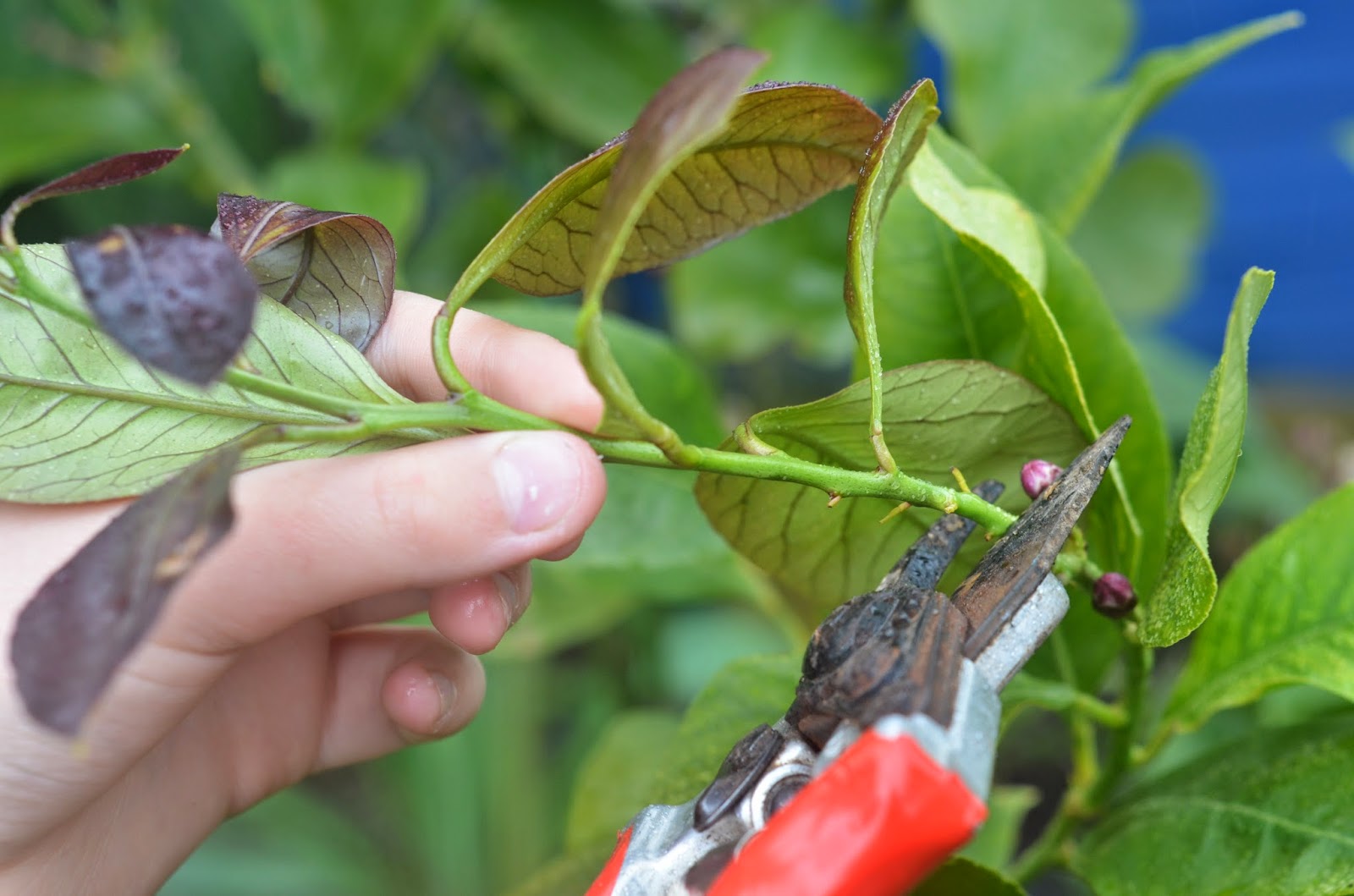How to clone lime trees is surprisingly interesting when you want to regrow your tree.
Did you know you can grow another tree without spending much money buying another plant or seeds?
Yes, there is a way you can regrow and multiply lime trees with a process known as “Cloning.”
Cloning lime trees is a propagation method where you cut healthy branches off a lime tree and root them in small containers to have new lime plants in one year.
Once you know how to clone lime trees the right way, you will have multiple lime trees growing.
You are going to see in this article how to get a new plant without using seedlings.
Steps on how to clone lime trees
Below are the steps you need to follow on how to clone lime trees;
1.Take a healthy one-year-old tree node
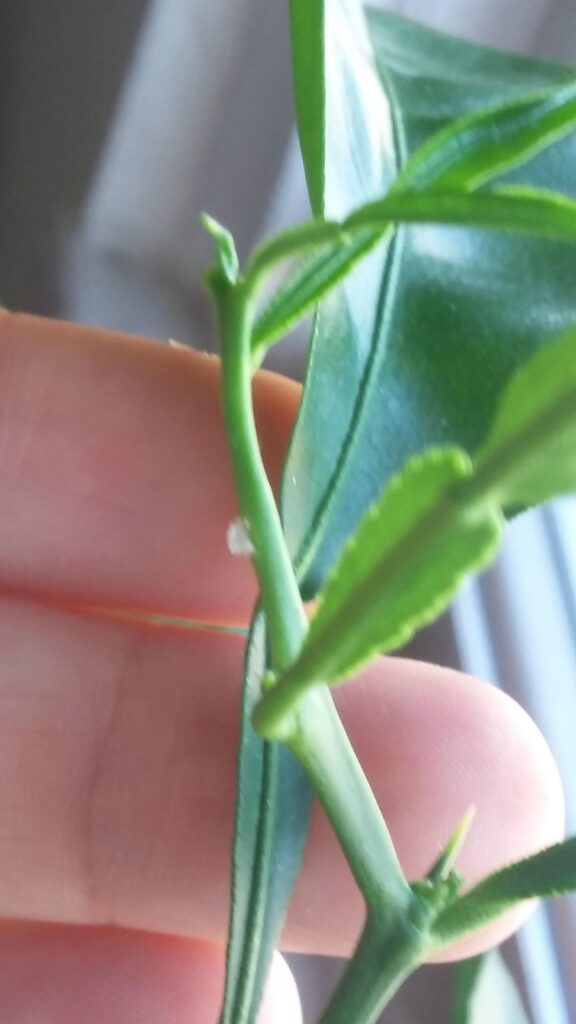
When cloning a lime tree, the first step is to cut the node at a 45° angle from the tree and ensure it is energetically growing.
Cut above the node, but you need first to ensure it has new hard sprouts.
Stick the branches into some water, leave it for some time and leave it there while getting the other things ready.
2. Fill the container/Pot to clone lime trees
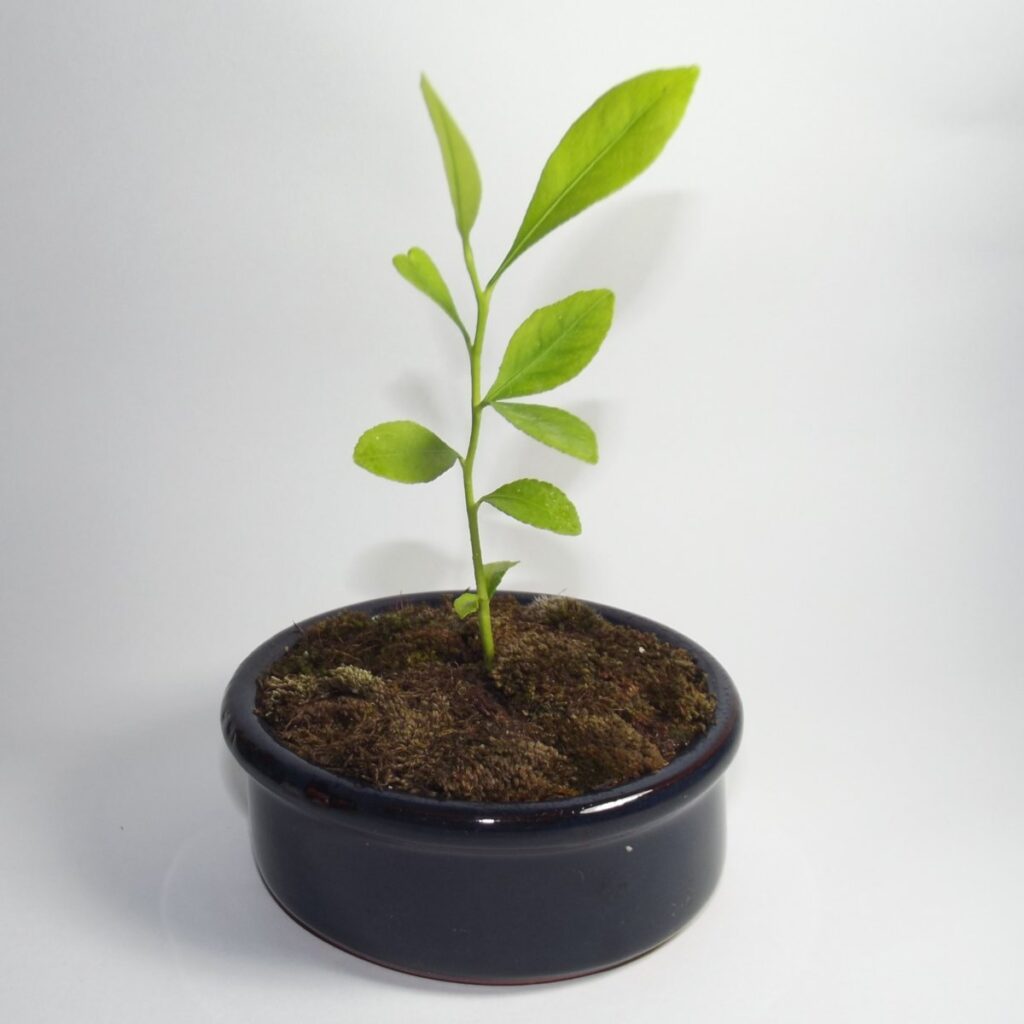
When it’s time to prepare the soil mixture for the new plant, fill the pot halfway with soil and organic matter(vermiculite).
Make a hole in the container to allow for draining. Add some water to the ground, so it gets moist.
3. Pull off the leaves to help you how to clone lime trees
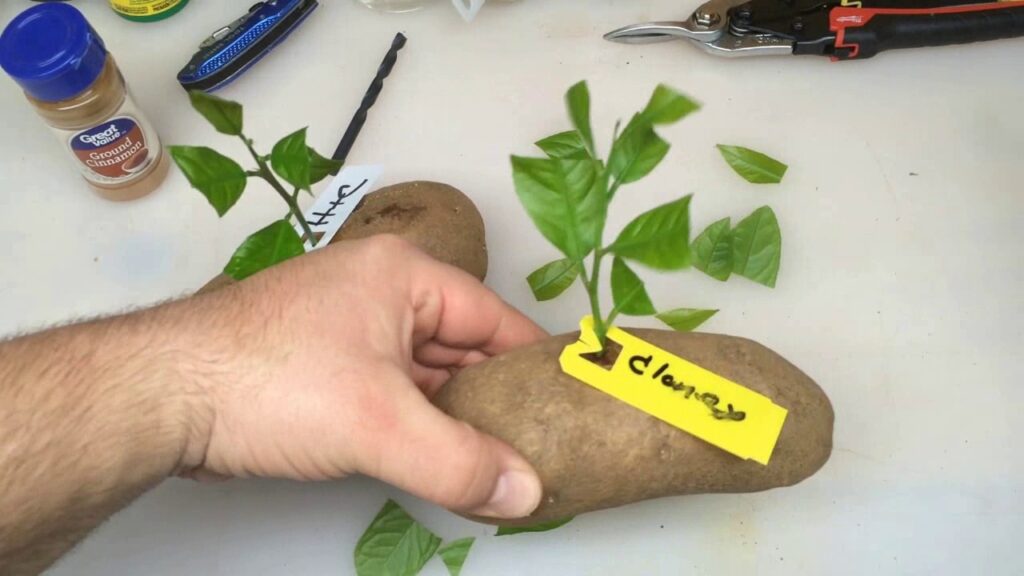
When ready with the shoot, the next step on how to clone lime trees is to remove most of the leaves right near the stem except the top two.
Trim about two-thirds of the leaves to help the plant not dry out quickly. Make a little kite shape of the top two leaves.
The reason for leaving the top leaves is to help water draw up through the stem to help the plant generate new roots.,
4. Dip the cut into vermiculite
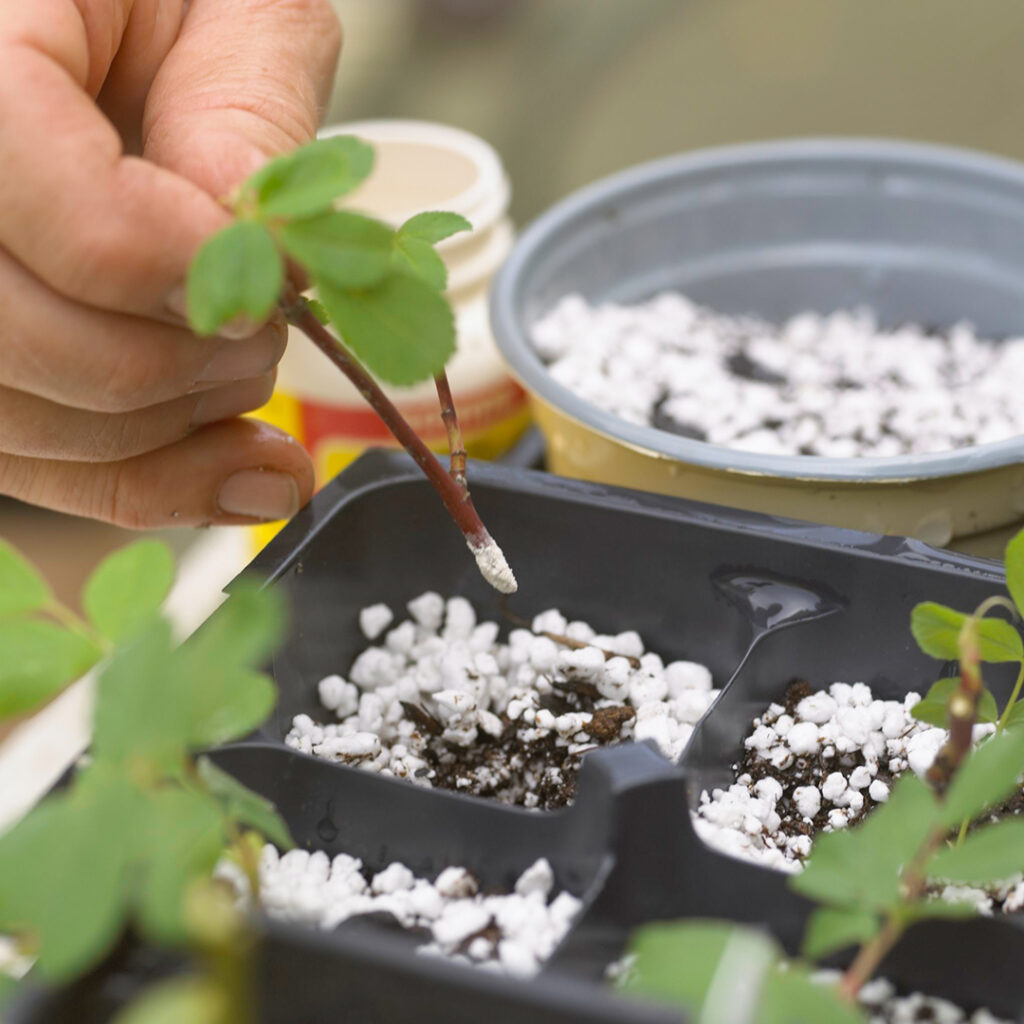
After preparing the soil mixture, dip the shoot into running hormone powder and push the stem an inch into the soil.
Make sure not to try it so far to the bottom of the container to leave room for the roots to go down.
5. Water the lime plants.
Watering your newly cloned lime tree is vital to help the soil get moist and avoid it from drying since you need to place it in a nice sunny spot.
It will take several months for the lime tree to start to grow some leaves.
Place the pot in water for a couple of minutes and drain any excess water after removing it.
6. Cover the plant with a plastic bag
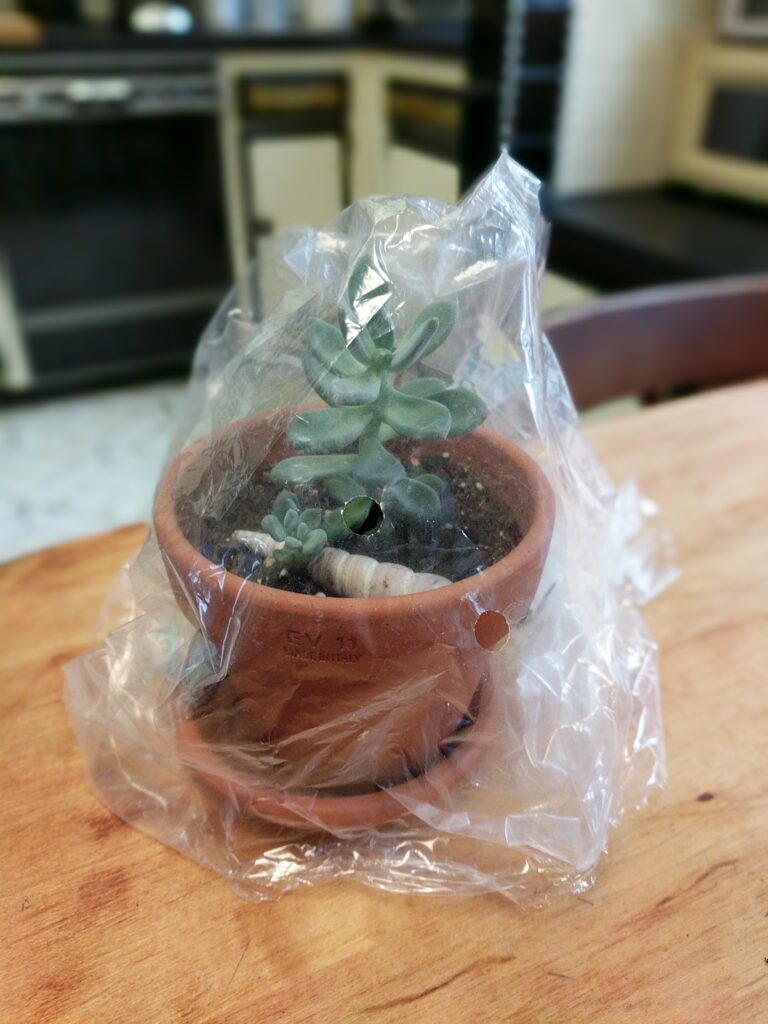
After sticking the clippings into the soil, cover the top of a container with a plastic bag.
Doing this helps to generate humidity inside the bag and keeps the plant from drying out since it will be struggling to grow roots.
Cut the pockets of the bag to allow airflow, and the plant will not get moldy inside. Cutting also helps the plant not to suffocate completely.
However, try not to go too high while cutting the plastic bag as you will hold in humidity if the cutting is high.
Wait to remove the plastic bag until it starts showing signs of buds coming out. The chances are high that it will take about six months to grow leaves. After one year, if the tree is healthy, it will become a full lime tree.
7. Transplant the cutting after cloning lime trees
The final step on how to clone lime trees is to transplant the cutting. You can re-pot the cloned lime tree soon after a few years when the roots start developing, budding and flowering.
Lift the cutting with its soil of the pot, first place on a side tray, and prepare it.
Now transplant to the new pot and water it thoroughly till you see water at the bottom of the pot to have enough moisture in the soil.
The steps above are what you will follow on how to clone lime tree to regrow a new plant.
You will start seeing results after approximately six months but do not panic when the lime tree cutting isn’t bringing buds for leaves instantly.
How to transplant a lime tree
Lime trees are also known as evergreens, which produce gorgeous blossoms before fruiting. These trees grow flavourful fruits that you can use in foods and drinks.
Limes are very sensitive to the cold, so before replanting it, ensure the temperatures are not too low because the lime tree will not be healthy.
Transplanting can be a new bigger pot because a lime tree is outgrowing the current one, or you can put it directly to the ground in your backyard or garden.
So you need to ensure the following factors and steps before transplanting a lime tree;
1. Location
Before transplanting a lime tree, select a place which is on the south side of your house. Make sure the lime tree can get direct sunlight to help it grow properly.
2. Good soils
While transplanting lime trees, make sure you put them in a sandy loam soil, which is best for growing limes. However, other soil types can also work so long as you ensure they are water well-draining soils.
3. Clear the area free of rocks
Make sure the soils are free of any debris or other plants. You can use a hoe and a rake to clear the area to avoid anything that might affect your lime tree’s growth.
4. Inspect the roots of the transplant
After clearing the area, get the plant you are going to transplant, rinse its roots with water, and cut off any overcrowded or tangled roots. Then after removing such cores, soak them in water for a few minutes and then remove them.
5.Dig a hole for transplanting
When you reach this step, use a shovel to dig a hole and make sure it’s more extensive than the root ball, but the height can be the same.
When transplanting a lime tree, make sure it’s slightly higher and make it not lower ever.
At the side and bottom of the hole, loosen the soil system using a rake and spread the roots out in the spot carefully.
Fill the back fill soil around the lime tree and gently press it down on the ground to avoid having any air pockets. Ensure the mud settles and, if too low, exposing the roots, adding more soil, and covering the bases.
6. Water the lime tree
After transplanting a lime tree to a new location, water the tree to avoid it from drying out; proper watering helps prevent an unhealthy lime tree and leaves from falling off the tree.
Allow the water to drain by ensuring the new pot has proper drainage, which will not let the soil become muddy. Fill the hole with back fill and remove all the air pockets.
Water every after seven days(once a week) and allow water to soak in the soil.
7. Mulch the soils
Add mulch to the lime tree to prevent weeds, but it should be about four inches away from the lime tree trunk and go up to three feet in diameter. When you mulch the lime tree, it will also help retain the soil’s moisture, and you will not have to water the plant every day.
If any weeds grow in the soil within three feet diameter of the tree, hand pull them or use a hoe carefully. You would do this if you did not carry out mulching.
How to grow a lime tree
1. Tree selection
When growing a lime tree, you are better off opting for a dwarf variety because it’s flexible considering indoor growing. It can stay under 8-10 feet tall.
2. Where to buy
When planning on growing lime trees, please buy the tree from a reputable nursery, especially one with guarantees for the trees. In case found with any disease a few days after purchase; the condition is from the nursery.
Reputable nurseries would also have clean and healthy stock.
3. Choose good content material.
You are better off with a plastic or ceramic pot, and it needs to be larger than the football of the lime tree. Put enough drainage holes at the bottom of the container.
You can also consider a container with coasters that you can easily wheel when it’s time to move the plant out-door for sunlight.
4. Half fill the pot with light loamy soil.
The potting soil should be somehow sandy and well-draining. If possible, you can specifically use the citrus potting soil.
After putting the soil in the pot, gently place the root ball in the container and continue filling it with soil. Tamp the soil down lightly and water until the ground feels moist to the touch.
5. Sunlight
You need to put your lime tree at least six to eight hours of bright sunlight or place the container where you plant the tree in a sunny window. If it’s the winter season, you will need to get supplemental to grow light to avoid leaves from turning pale yellow.
A temperature of 65°F would be ideal for a lime tree to grow well. Also, note that you shouldn’t place a lime tree near a heater or radiator for heat.
If it’s summer season, move the lime tree outdoors and always carry it back to the house at night.
6. Water the lime tree
Give a lime tree while growing it to keep its soils moist. Avoid leaving the grounds soggy because they will promote fungal growth, and the roots will rot. So before watering the tree again, wait for the soil to dry out scantily between watering.
7. Fertilize lime trees
Ensure to fertilize lime trees at least three weeks from spring to summer with citrus fertilizers. During the fall and winter, ensure to fertilize every six weeks. The best Fertilizers will help a lime tree do away with deficiencies when you apply micro-nutrients.
8. Pruning
When growing lime trees, you do not have to do extensive pruning like for orchard fruits. Prune lime trees occasionally to remove overgrown and dead branches. Pruning helps control the size of the tree.
Conclusion
Lime tree growing is straightforward if you do it the right way. All you need is to give a lime tree proper care, and when it’s time to transplant it, follow the steps above in the article.
From the growing tree is where you can pick cuttings and clone a lime tree. You will see how easy and rewarding the process will be for you.
